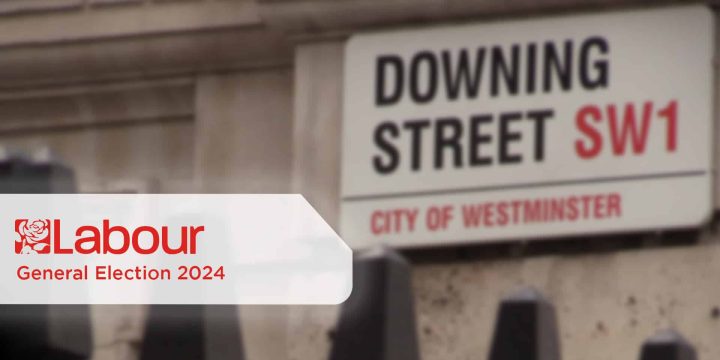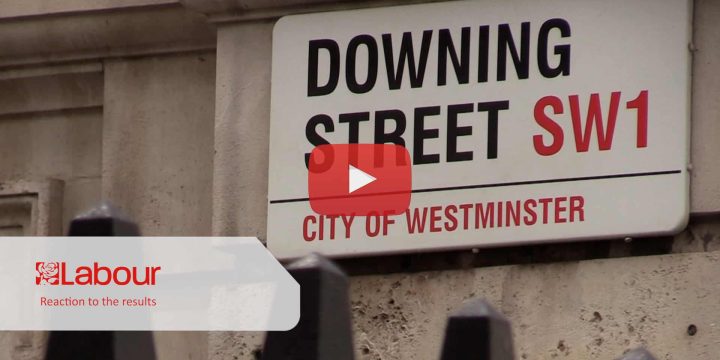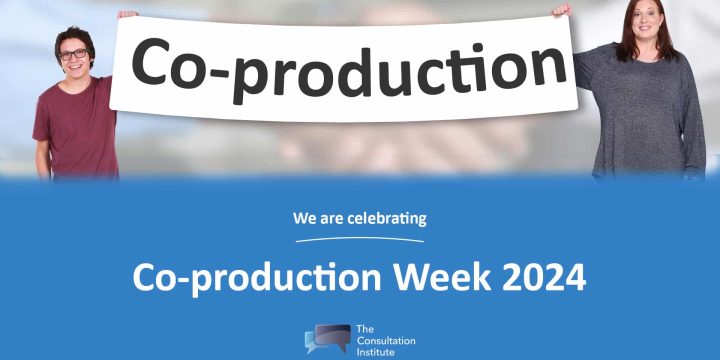News & Insights
More constitutional tinkering with human rights reform, but are consultations actually being listened to?
One of the latest controversial pieces of legislation being introduced by the Government (and there are many), is the cumbersomely named ‘Bill of Rights Bill’. This proposed legislation would replace the pre-existing Human Rights Act with a new framework which the Government claims would better balance the needs of Government with the requirements of the European Convention on Human Rights. As you might expect for such an important piece of legislation, it has immediately come under extensive scrutiny from various groups, with many being highly critical of changes they see as (at best) pointless, and at worst undermining human rights within the UK.
For our part, we thought we would have a look at the pre-legislative consultation behind the Bill. Entitled “Human Rights Act reform: A Modern Bill of Rights”, it ran between 14th December 2021 and 8th March 2022 (or 19th April 2022 if an easy read or audible version was required). It asked 29 questions of respondents ranging from binary yes-no questions to text-form answers. In and of itself, though we might say that easy read and audio versions should really be available simultaneously to allow equality of opportunity to respond, but they at least compensated by extending for respondents in these circumstances, it was a decent consultation on a potentially challenging issue.
The Bill has now been published, and alongside it the consultation response, and it is here that we have some questions. Now, we should start by making our usual point that consultation is not a numbers game. It’s not a referendum, and even if 99% of respondents come down against a proposal, there is no reason you can’t implement it if you are prepared to explain why, and address concerns. The fact that we have given this reminder might go some way to indicating where we are to go next.
One of the distinctive things about this government is that it seems to have a greater willingness than most to go against the majority view in consultations. Now, of course, there is nothing wrong with this necessarily, but when it becomes a habit (we’ve seen it in the GRA consultation, Channel 4 privatisation, human rights immigration and others) and often on very controversial issues which the Government has a pre-existing position on which they then go with, we think it’s legitimate to ask whether there might be something slightly off going on with attitudes to consultation.
In this particular example, in 19 of the 29 questions, the Government has gone against the (often overwhelming) majority of consultee responses. To reiterate, this is not necessarily a problem, but we would expect to see good explanations of why this is being done. It’s this latter point that we think questions arise on, because for many of the questions the Government’s explanation amounts to little more than “We’re still going to do this because we think it’s a good idea”. There is, in most cases, little evidence of responses being taken into account and proposals modified to take account of concerns, and when this has happened, it’s usually in such a way as to prioritise the Government’s view- so whilst in principle this might be alright, we have serious concerns about whether conscientious consideration has truly been given.
It’s not the only point of concern. There are also examples of what we might term ‘imprecise’ language. The response to question 17 on remedial order powers lists responses to the various options presented as having ‘mentioned’ the option. What does mention mean? If we were to say, “I think Option 3 is the best thing in the world” and someone else were to say “I think Option 3 is the worst thing in the world”, both responses have ‘mentioned’ Option 3. Do we then group them together? We would argue you should not, and you should be able to get an appreciation of how they have been ‘mentioned’.
Other questions, like question 22, mention the total number of responses to the question (in this case 1,085), and then only talk about how a much smaller number actually responded (745), with no information about the rest. This leads us to another curiosity, which is that there is a significant disparity between the number of total responses to individual questions. In total, we are told the Government received 12,783 responses, and yet the highest number of responses to any one question is 3,783, and few others have greater than 2,000 responses. Now, it’s certainly quite possible that those 12,783 responses each only responded to one or two questions, spread more or less evenly across the exercise, but we’d be very interested to see the actual statistics. It seems like quite a big gap.
The response itself does touch on this and discusses the two types of responses received. Firstly, those defined as “sentiment analysis”, which expressed general feelings and opinions on the consultation, and those which answered the questions specifically “thematic analysis”. It goes on to state that “Most of the detailed comments and percentages in the Government’s response, therefore, come from thematic analysis.” This might go some way to explain the gap identified above, but we would be curious to know what the others (“sentiment analysis”) said as well, and it’s not clear that we actually have, given the focus on “thematic analysis” in the response.
There’s also a missing equalities impact assessment, possibly. The response claims that one has been published alongside the consultation response, but it’s not on the consultation web page. One was published alongside the Bill, but it’s very much focussed on cost/benefit, with little detailed analysis of impacts and how they could be mitigated other than un-evidenced assertions of general positivity. If this is really the sole impact assessment, given the significant, sweeping and constitutional nature of the legislation, we think it’s reasonable to ask whether this is adequate.
The Bill as published differs little from the original proposals and were we to be told it had been arrived at without any consultation, we would not be entirely surprised. Whilst consultation is a background process (and not a numbers game!) we can’t help but feel that there may be legitimate questions to ask about the Government’s attitude to consultation, and we intend to seek more information about the actual analysis of consultation responses to check that it has been done properly.
Unfortunately, this is another consultation where outside of the political arena, there is little hope for it to be challenged in court or assessed by an independent figure. As we’ve had demonstrated on multiple occasions recently (Police Superintendents’ Association v HM Treasury, R (A and ors) v Home Secretary) consultations which go directly to primary legislation as this one does cannot really be effectively challenged in court, so even if there was something of borderline legality, it’s unlikely it could be considered.
Human rights, like democracy, are not only a matter of constitutionality, but also of basic rights and fundamental decency, and if they are to be changed, the process should be long, considered, and thorough, with all views being properly taken account of. The price for getting it wrong is not only negative impacts on individual rights, but also the ignominy of adverse findings in the European Court of Human Rights, and questions being asked about national commitments to human rights. It needs to be handled very carefully- and we hope the Government is treating it in an appropriately serious and non-casual manner.



